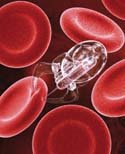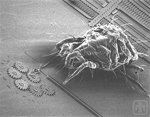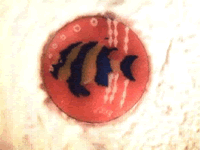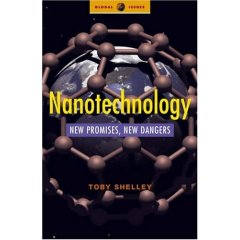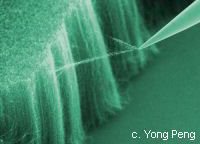A code of conduct for responsible nanosciences and nanotechnologies research
European Commission on Nanotechnology
7th February 2008
The COMMISSION OF THE EUROPEAN COMMUNITIES has drawn up a code of conduct for responsible nanosciences and nanotechnologies research. It was recognised “the need to foster synergies and cooperation between all nanosciences and nanotechnologies stakeholders, including the Member States, the Commission, academia, research centres, industry, financial bodies, non-governmental organisations and society at large.”
From Qinetiq to Intrinsiq Via Brownian Dithering
Cientifica
25 Feb 2008
Finally, someone decided what to do with UK nanotech stalwart Qinetiq Nanomaterials. The new big idea is to change its name to Intrinsiq Materials and rebrand it as a company operating in the hitherto unheard of “Clean Tech and Wellness sector.”
After years operating on the edge of UK defence giant Qintetiq, the parent company has finally decided to pop in another five million pounds through Cody Gate Venture and appoint a new CEO who bears a startling resemblance to the one that they let go 18 months ago, something that seems to have been omitted from the rebuffed CV.
While all the rebranding of nanotech as Cleantech is fun to watch, is this the first company to actually change its name to remove the word ‘nano’?
Oxonica Goes Biotech
Cientifica
24 Feb 2008
While on the subject of rebranding former nanotech companies, Oxonica is now a biotech company according to the Oxford Mail. This is Money had a rather less flattering description of the company as a “Bombed-out industrial materials group” which announced that its fuel catalyst does work after all and that UK bus operator Stagecoach, who own some 4% of the company, would buy 750,000 pounds worth of the stuff.
While there is no doubt that fuel catalysts do have some effect, the variability of the results so far indicates that factors such as driving style, fuel and engine type also have some effect. The Stagecoach news doubled the market cap of the company, with their 750k adding something like 14 million pounds to the company’s worth, which shows how volatile things are down at the bottom end of the market.

